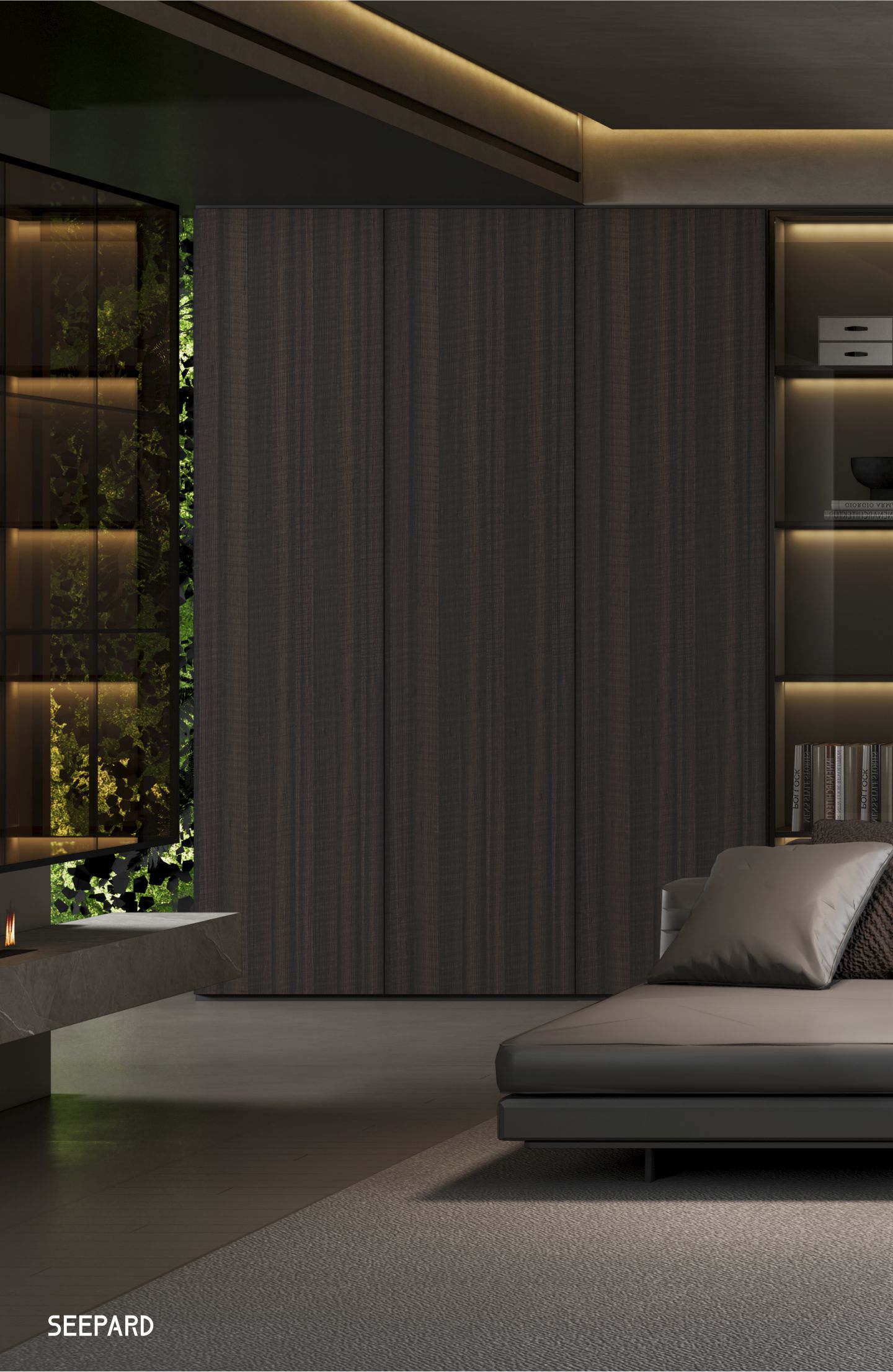- Home
- melamine impregnated paper product
Sep . 10, 2024 15:03 Back to list
melamine impregnated paper product
Melamine Impregnated Paper An Overview of Its Properties and Applications
Melamine impregnated paper is a specialized type of decorative paper that has undergone a chemical process using melamine resin to enhance its durability and functional properties
. This innovative material is commonly used in the surface finishing of furniture, countertops, and various interior applications, making it a vital component in the furniture and construction industries.The process of creating melamine impregnated paper begins with high-quality paper that is saturated with a melamine-formaldehyde resin solution. This resin, when cured, forms a tough, thermosetting plastic that can withstand wear and tear. The impregnated paper is then dried and can be printed with a wide range of designs, colors, and textures. The result is a surface that not only looks aesthetically pleasing but also provides outstanding durability and resistance to scratching, staining, and heat.
One of the primary advantages of melamine impregnated paper is its versatility. It can be laminated onto a variety of substrates, including particleboard, MDF (medium-density fiberboard), and plywood. This makes it an ideal choice for manufacturers seeking to produce furniture and fittings that require both decorative appeal and robust performance. Additionally, its lightweight nature makes it easier to transport and handle compared to solid wood or other heavier materials.
melamine impregnated paper product

Another significant benefit of melamine impregnated paper is its cost-effectiveness. By using melamine impregnated paper, manufacturers can provide visually appealing products at a fraction of the cost of solid wood or high-pressure laminates. This affordability does not compromise quality; in fact, the resulting surfaces are often more durable and require less maintenance than traditional finishes.
In terms of applications, melamine impregnated paper is extensively used in the production of kitchen cabinets, office furniture, bathroom vanities, and wall panels. Its resistance to moisture and heat makes it particularly suitable for kitchen and bathroom environments, where durability is essential. Furthermore, the decorative surface can mimic the appearance of natural wood grain or other materials, providing an attractive finish without the associated cost or environmental impact.
However, it is important to consider the environmental implications of using melamine impregnated paper. While the product itself can be made from sustainable sources, the production process involves chemicals that may impact the environment. Therefore, it is crucial for manufacturers to adopt eco-friendly practices, such as using low-formaldehyde resins and ensuring proper ventilation during the manufacturing process.
In conclusion, melamine impregnated paper represents a significant advancement in decorative finishing materials, combining aesthetics with exceptional durability and cost-effectiveness. Its wide range of applications makes it a popular choice among manufacturers and consumers alike. As the industry continues to evolve, innovations in the formulation and production of melamine impregnated paper will likely enhance its sustainability and propel further growth in various sectors.
Latest news
-
Premium Contact Paper for Table Top – Durable & Stylish Surface Solution from Leading Manufacturer
NewsJul.07,2025
-
Duplex Board with Grey Back - Reliable Supplier & Competitive Price Manufacturer & Exporter
NewsJul.07,2025
-
Premium White Contact Paper on Cabinets – Trusted Exporters & Suppliers
NewsJul.06,2025
-
High-Quality Duplex Board Packaging for Food Reliable Manufacturer & Supplier
NewsJul.06,2025
-
Premium Contact Paper Over Desk – Durable & Stylish Desk Cover Solutions
NewsJul.05,2025
-
High-Quality Duplex Board Food Packaging - Reliable Suppliers & Exporters
NewsJul.05,2025

